Formula 1 Technology: The Engineering Explained
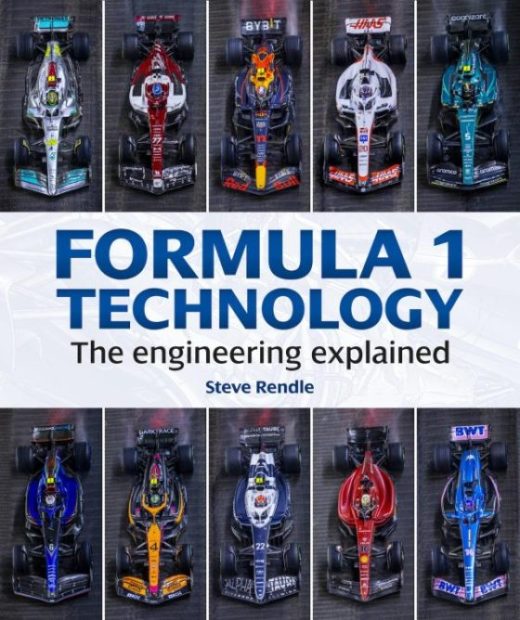 by Steve Rendle
by Steve Rendle
“Another major reset to the FIA F1 Technical Regulations will come into force from the start of the 2026 season, which is again likely to lead to significantly different cars, both visually and technically. According to the FIA, the primary aims of the new regulations will be to reduce the mass and drag of the cars, and to increase the use of sustainable materials.”
There are two reasonable reactions to this statement: you don’t want to read this book at all because why bother investing grey matter (and $80) when a “major reset” is just down the road, or you do want to read it especially ahead of the big changes because you understand that revolutionary is only one letter away from evolutionary. The latter approach seems to reflect Vox Populi because this book went into a second printing only months after its initial launch (US book buyers, for instance, saw none of that first allocation).
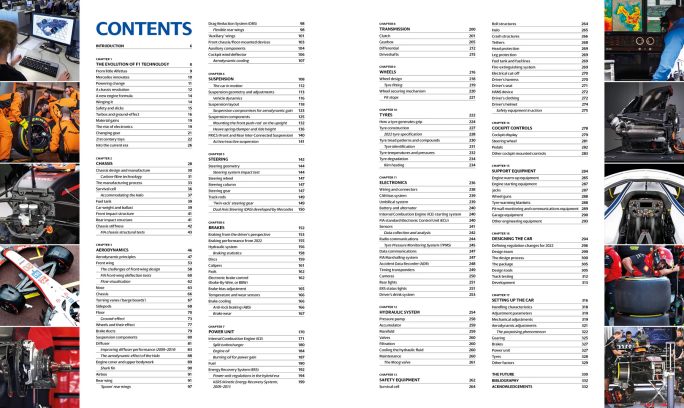
At a glance, the Table of Contents reveals the book’s intelligent organization. Now, any one assembly or component could conceivably fall into more than one category. Take the HALO as an example; indeed it is called out three separate times here—but if you don’t already know what the likely categories are, you’d not know to find it in chapters 2, 3, and then again in far-away ch 13.
Moreover, the sentence following that excerpt above lays out that whatever the pundits think they know at present of the new regs is limited in scope—and subject to change. But that makes our point even better: you will neither understand nor appreciate whatever it is that is to come without understanding and appreciating what is happening now and also whatever past developments it was supposed to improve upon. As Rendle sets forth in his Intro, like the space program or military aviation, F1 must always be on the cutting, bleeding edge of technology.

The illo on the bottom right is a good example of how easy a composite drawing makes it to visualize year-over-year changes at a glance.
Pro: you do not need to be an engineer to get a lot out of this book. Con: you probably wish you were because this book has no training wheels—you’re thrown into the deep end. While Rendle’s exposition of technical concepts and also the Technical Regulations (the Sporting Regs don’t play much of a role here) is clear and deep and competent, the non-expert reader will be fumbling a bit.
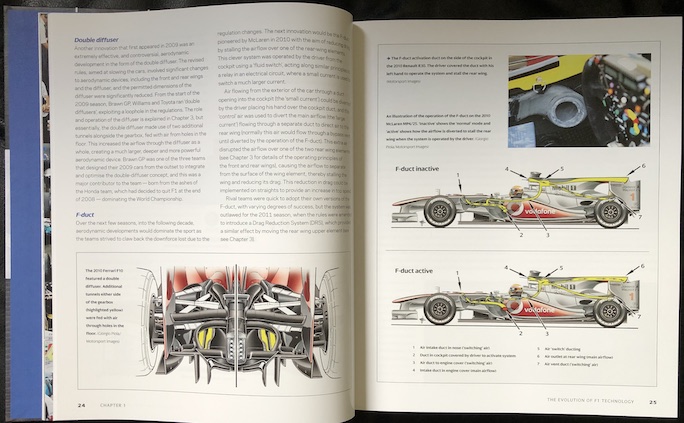
Much of the illustrative art is by Giorgio Piola, he of the well-loved Formula 1 Technical Analysis series of books.
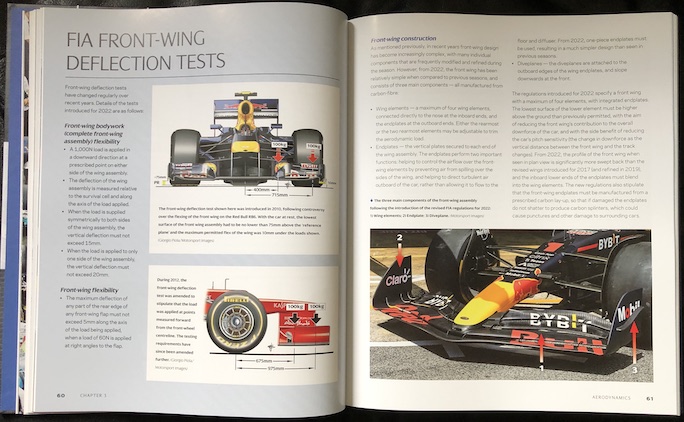
Often even the photos are annotated with arrows etc. to illustrate an item the text discusses.
Even if you are such an ardent F1 follower that you recognize your TV commentators by voice alone, you’ve probably never heard them talk about monkey seats. Chimneys, maybe; (Anti-) Ackermann steering, or heave dampers, or the relationship of number of cooling holes to brake disc thickness/diameter, well, that’s all way above most. This book works all that and more out, and that’s because Rendle honed his writing craft for over 35 years at Haynes Publishing where he was a Senior Commissioning Editor and also wrote over 30 of the iconic and beloved Haynes Workshop Manuals, three of which on F1 cars. To call him “technically minded” is an understatement.

Rendle’s time machine takes us back to 1946 and explains how F1 became the “premier single-seater category in world motorsport” which, obviously, required regulatory bodies to make and keep the competition fair and safe. Their mandate would expand to making the sport more engaging to watch which at the core means making it possible for cars to overtake or to follow each other more closely without loosing grip. Both of those factors, and a plethora of others, are directly related to managing the technical development (also to track design just in case anyone wants to heckle from the peanut gallery), not only in regards to expanding what is achievable but also reining it in where unfettered novelty would lead to disparity among teams/operators or unsafe conditions. Memorize those first couple of book pages and you’ll have a leg up at your next bull session.
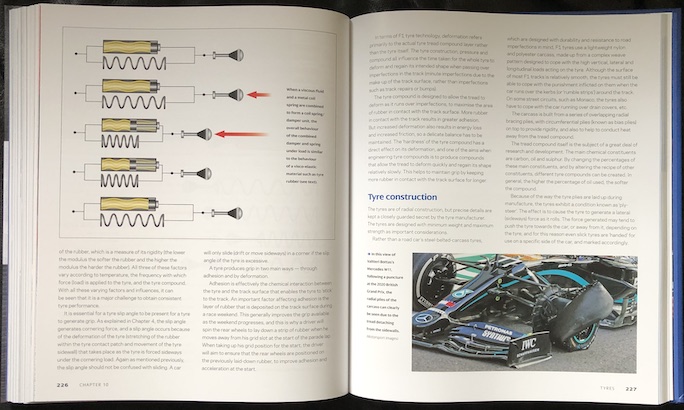
Everything is about race cars but some of the tech is applicable to real-world everyday driving, here fluid vs springs in suspensions.
The book was published in 2023 so its coverage ends with the cars/regs of the 2022 season. Where it begins is rather more of a moving target and depends on what component, assembly, or rule is being examined but 2014 is a recurring point of departure inasmuch as that year represents the start of a new era, the hybrid-engine cars. The last four (of 17) chapters deal with peripheral matters such as safety, design, set-up and the like.

Not just car tech but driver’s helmets, shoes, restraints and here sensor and transponder placement and function.
A book with this subject matter would be of little interest to the superficial or novice reader so the absence of an Index should have no debilitating effect because the reader would be expected to bring something to the table, but it is a practical shortcoming nonetheless for anyone who doesn’t just want to passively read along but practice independent thought. Consider the following photo.

On the right side is an actual page from the 2022 FIA F1 Technical Regulations. Note the curved arrow distinguishing between MGUH and MGUK. Oh, you don’t know what that is? Well, this page won’t tell you, nor the previous one, nor the previous twenty (at which point you’re back in the previous chapter). It won’t be until twenty pages later that those items (motor generator unit, heat and motor generator unit, kinetic) will be discussed in detail, in the context of the Energy Recovery System. If only there was an Index or Glossary, right? And the Table of Contents despite being commendably specific can’t make up for that deficiency even if, for instance, it does spell out FRICS, KERS, DAS and even such common terms as ABS and ICE. An unforced error. On the upside, there are in-text cross references throughout but there’s of course no practical way of finding them when you need to.
It’ll take you multiple passes to absorb it all well enough to cite chapter and verse, but then that’s how a good book earns its place in the library.
Copyright 2024, Sabu Advani (Speedreaders.info)


 RSS Feed - Comments
RSS Feed - Comments


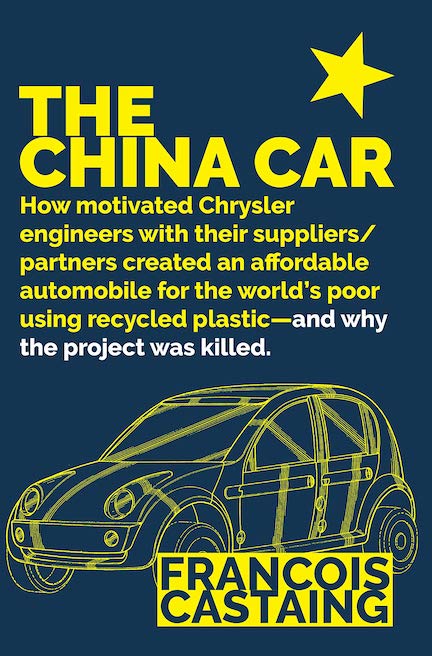










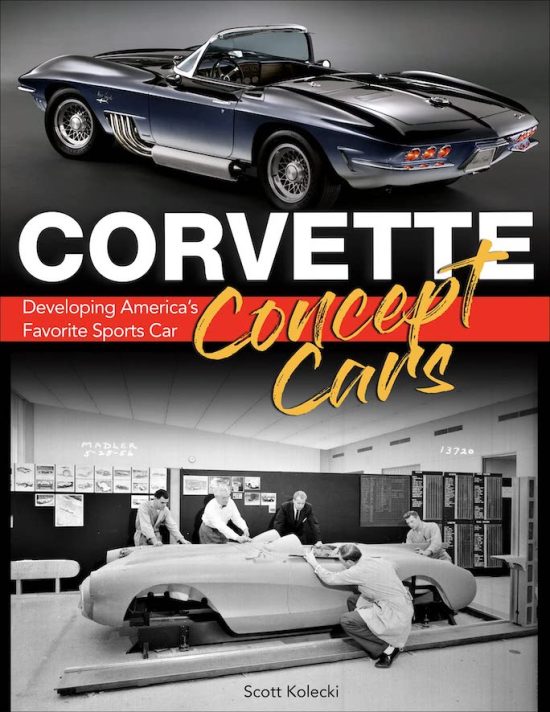


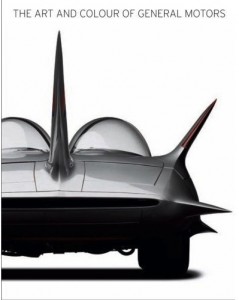
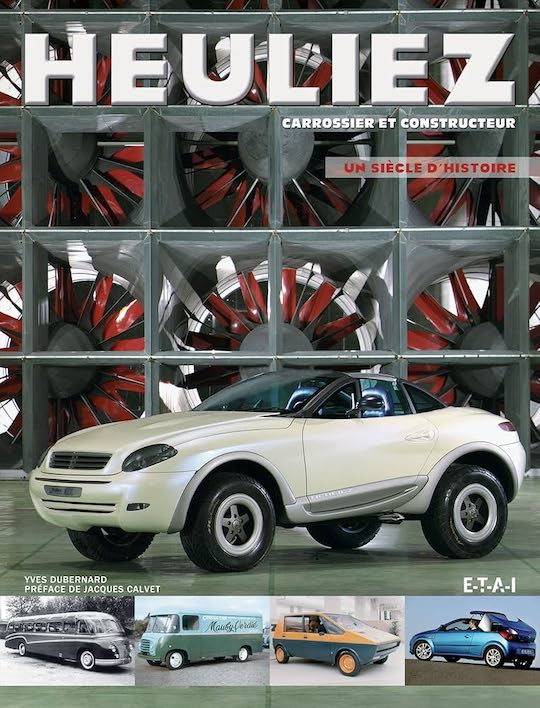
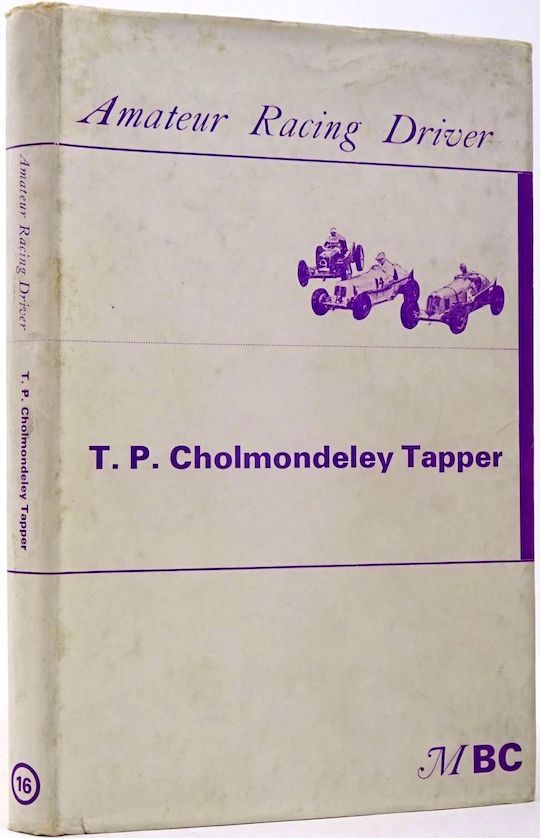





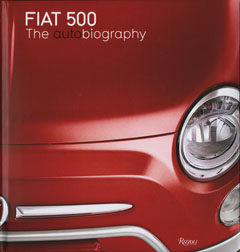

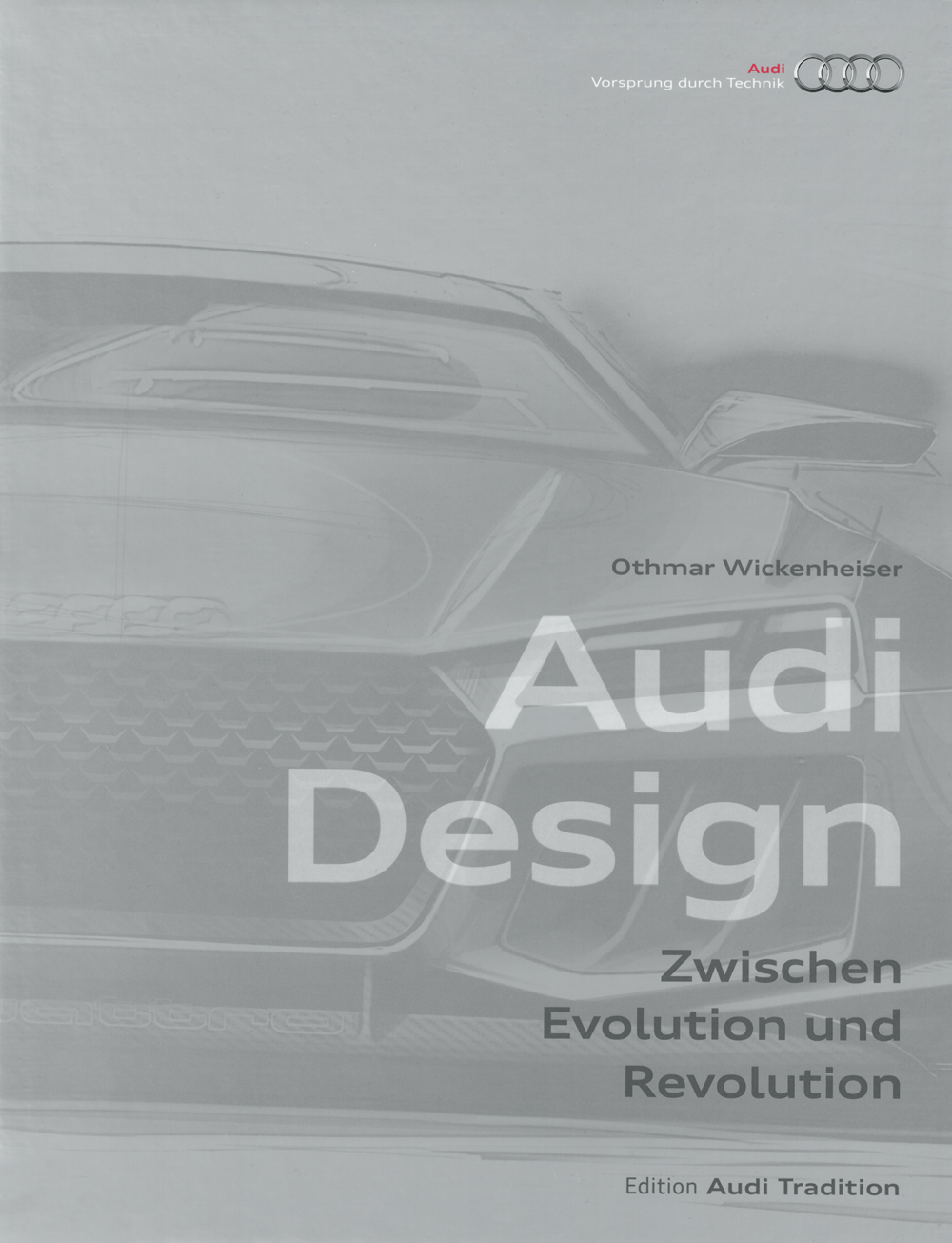





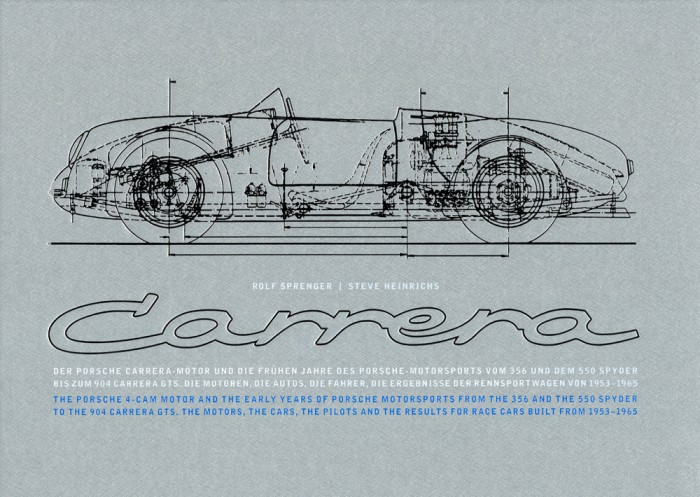



















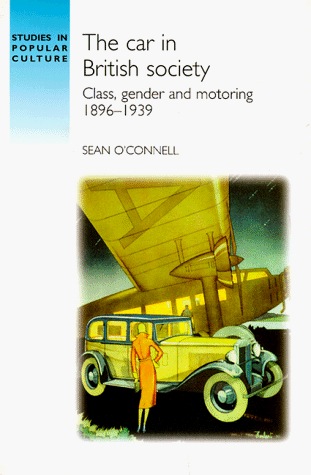


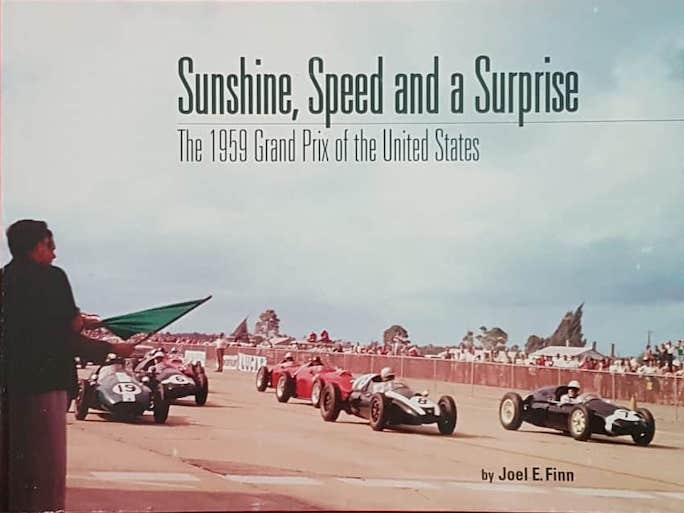




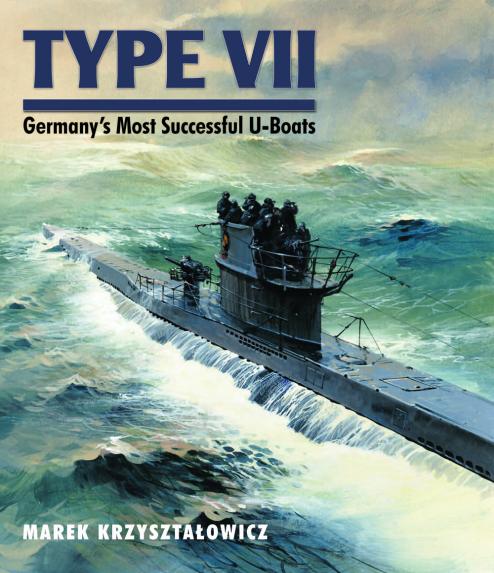




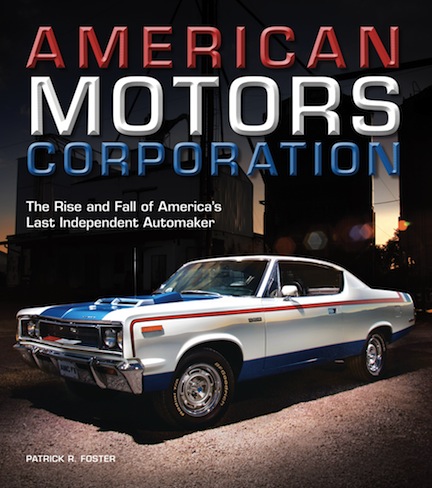

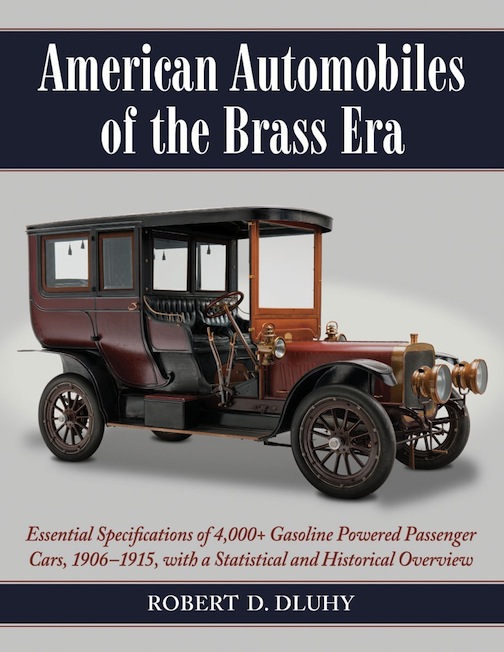


 Phone / Mail / Email
Phone / Mail / Email RSS Feed
RSS Feed Facebook
Facebook Twitter
Twitter